
Lend Me Your Ear Daffy And Joyful
Arthur Steel
Photography - 48 x 61 x 1 cm Photography - 18.9 x 24 x 0.4 inch
€1,825
“Art is continually haunted by the animal," wrote Gilles Deleuze and Félix Guattari in the 70s. Indeed our animal friends make frequent appearances in artists' works, especially photographers.
Animals are a pervasive source of inspiration and can be found everywhere: open spaces, the savannah, in meadows, or even your back garden. Both professional and amateur photographers do their best to capture the diversity of wildlife and many travel the world hoping to come face to face with some of the rarest species.
Wildlife photography has now become an art of its own, made famous by documentaries and magazines such as National Geographic and Terre Sauvage. By using photographic techniques such as aerial or underwater shots, this artistic practice incites us to travel and let our mind wander to breathtaking landscapes or mountain and exceptional lighting.
The genre started to develop well after the invention of photography by Daguerre in 1842. Back then, even taking a simple portrait was a major undertaking. At the end of the 19th century, a photographic safari was often a full-blown expedition, with a team of porters handling the heavy equipment. The long exposure time required to fix the image onto a plate made it very difficult to capture animals as they were elusive and didn't stay put for long, especially in their natural habitats. For this reason, wildlife photography only gained more traction 100 years later when faster shutters speeds made it easier to photograph moving animals. Nonetheless, some of them take Polaroid as well.
Today, technological progress makes it possible for photographers to capture galloping horses and speedy cheetahs from far away. However, photographs still need to arm themselves with patience and the ability to stay discreet if they hope to get the perfect shot of the world's most stunning wildlife.
So how do photographers capture the intensity of wild animals? Wildlife photography is a very demanding discipline and there are several techniques which enable photographer get the widest angle and best framing possible. Camouflaging techniques are used to enable the photographer to get as close as possible to the animal. Similar to snipers, the wildlife photographer uses elements of nature and wears camouflage print to not disturb the animal, win its trust, and be able to get the right shot at the right time. Photographers might also choose to leave a camera hidden and control it remotely. Infrared systems, powerful lenses and automatic flash all help the photographer work from a distance. The preparation is done well in advance and requires a perfect knowledge of the animal's habits in order to obtain impressive images.
Nature is an ideal playground to explore one's artistic style. Many artists travel around the world trying to capture exceptional shots of unique animals. Famous wildlife photographers include Bence Maté, who captures photos of birds such as hawks in flight, as well s Jim Brandenburg and Nick Brandt.
Nature is an ideal playground to explore pictorial style. In fact, many artists have played the game and traveled the world in search of exceptional shots of animals. Find on Artsper the beautiful photos of Sara Hoummady, Henry Ausloos, Brad Wilson and many others... Come and discover our unique selection of landscape photographs, especially of mountains, by great photographers.
Save your search and find it in your favorites
Save your search to find it quickly
Saved search
Your search is accessible from the favorites tab > My favorite searches
Unsaved search
A problem occurred

Photography - 48 x 61 x 1 cm Photography - 18.9 x 24 x 0.4 inch
€1,825
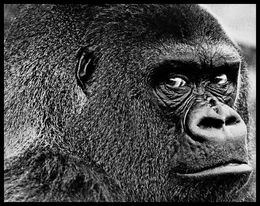
Photography - 48 x 61 x 1 cm Photography - 18.9 x 24 x 0.4 inch
€1,825

Photography - 48 x 61 x 1 cm Photography - 18.9 x 24 x 0.4 inch
€1,825
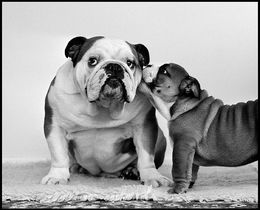
Photography - 48 x 61 x 1 cm Photography - 18.9 x 24 x 0.4 inch
€1,825

Photography - 61 x 48 x 1 cm Photography - 24 x 18.9 x 0.4 inch
€1,825

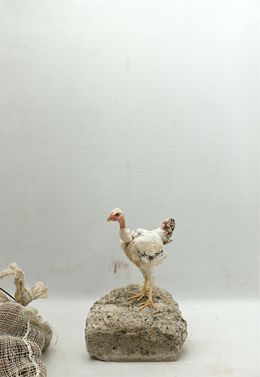
Photography - 101.6 x 69.9 x 0.3 cm Photography - 40 x 27.5 x 0.1 inch
€1,823

Photography - 80 x 120 x 2.7 cm Photography - 31.5 x 47.2 x 1.1 inch
€4,000





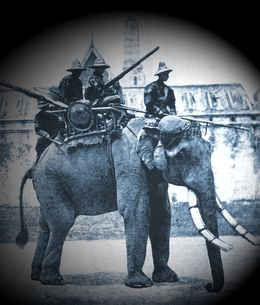
Photography - 60 x 50 cm Photography - 23.6 x 19.7 inch
€1,300


Photography - 40.6 x 50.8 cm Photography - 16 x 20 inch
€875

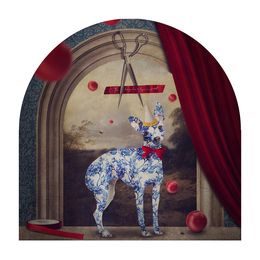
Photography - 76.2 x 76.2 cm Photography - 30 x 30 inch
€1,700

Photography - 30 x 40 x 0.1 cm Photography - 11.8 x 15.7 x 0 inch
€250
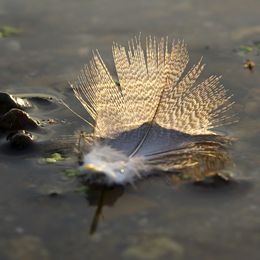
Photography - 20 x 20 x 1 cm Photography - 7.9 x 7.9 x 0.4 inch
€240


Photography - 76.2 x 61 x 0.3 cm Photography - 30 x 24 x 0.1 inch
€442
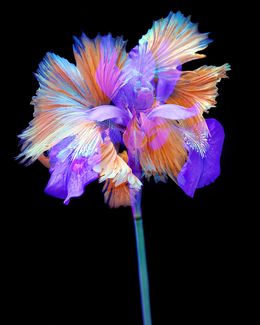
Photography - 76.2 x 61 x 0.3 cm Photography - 30 x 24 x 0.1 inch
€424

Photography - 76.2 x 76.2 x 0.3 cm Photography - 30 x 30 x 0.1 inch
€488

Photography - 76.2 x 76.2 x 0.3 cm Photography - 30 x 30 x 0.1 inch
€492

Photography - 61 x 61 x 0.3 cm Photography - 24 x 24 x 0.1 inch
€351

Photography - 76.2 x 61 x 0.3 cm Photography - 30 x 24 x 0.1 inch
€442



Photography - 61 x 76.2 x 0.3 cm Photography - 24 x 30 x 0.1 inch
€424

Photography - 150 x 100 x 2 cm Photography - 59.1 x 39.4 x 0.8 inch
€45,000
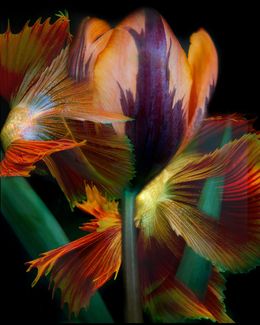
Photography - 76.2 x 61 x 0.3 cm Photography - 30 x 24 x 0.1 inch
€401

Photography - 76.2 x 76.2 x 0.3 cm Photography - 30 x 30 x 0.1 inch
€492

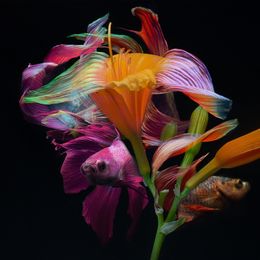
Photography - 61 x 61 x 0.3 cm Photography - 24 x 24 x 0.1 inch
€355


Photography - 76.2 x 76.2 x 0.3 cm Photography - 30 x 30 x 0.1 inch
€488
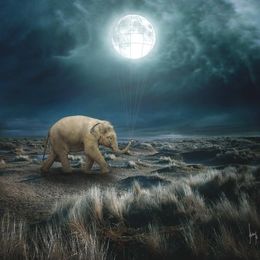
Photography - 40.6 x 40.6 x 1.3 cm Photography - 16 x 16 x 0.5 inch
€900
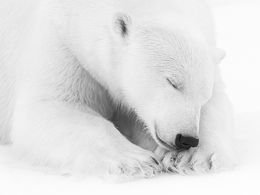

Photography - 48.9 x 41.28 x 0.1 cm Photography - 19.3 x 16.3 x 0 inch
€3,500
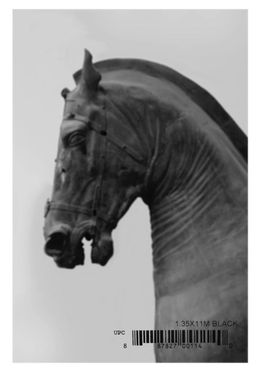
Photography - 127 x 88.9 x 0.3 cm Photography - 50 x 35 x 0.1 inch
€2,279

Photography - 50 x 75 x 2 cm Photography - 19.7 x 29.5 x 0.8 inch
€1,000





Photography - 110 x 91.9 x 0.3 cm Photography - 43.3 x 36.2 x 0.1 inch
€1,823

Photography - 119.9 x 82.8 x 0.3 cm Photography - 47.2 x 32.6 x 0.1 inch
€2,279
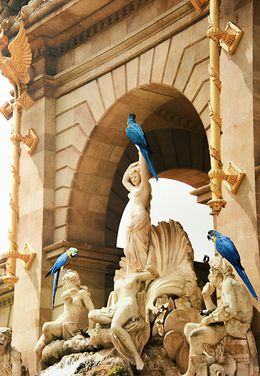
Photography - 49.8 x 34.3 x 0.3 cm Photography - 19.6 x 13.5 x 0.1 inch
€1,367
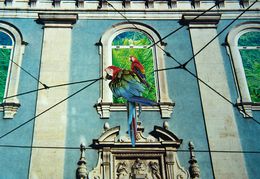
Photography - 82.8 x 119.9 x 0.3 cm Photography - 32.6 x 47.2 x 0.1 inch
€1,367

Photography - 82.8 x 119.9 x 0.3 cm Photography - 32.6 x 47.2 x 0.1 inch
€1,367
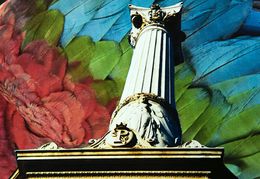
Photography - 82.8 x 119.9 x 0.3 cm Photography - 32.6 x 47.2 x 0.1 inch
€1,367

Photography - 54.9 x 83.8 x 0.3 cm Photography - 21.6 x 33 x 0.1 inch
€911

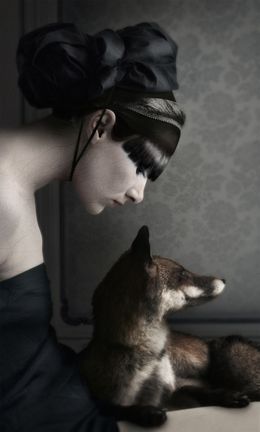
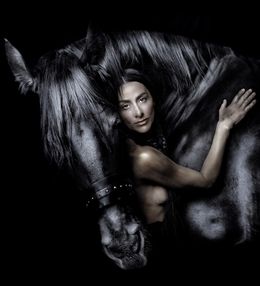
Photography - 158 x 144 cm Photography - 62.2 x 56.7 inch
€14,583

Photography - 113 x 102.9 cm Photography - 44.5 x 40.5 inch
€12,760

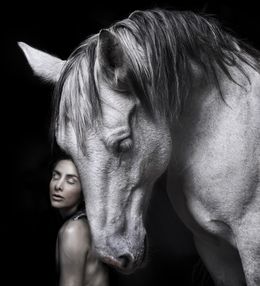
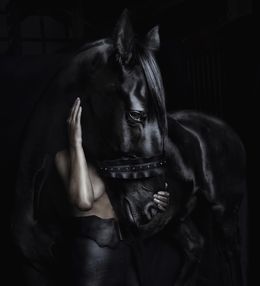
Photography - 158 x 144 cm Photography - 62.2 x 56.7 inch
€14,583

Photography - 113 x 102.9 cm Photography - 44.5 x 40.5 inch
€12,760


Photography - 50 x 75 x 0.1 cm Photography - 19.7 x 29.5 x 0 inch
€1,500

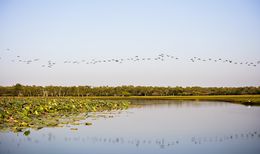

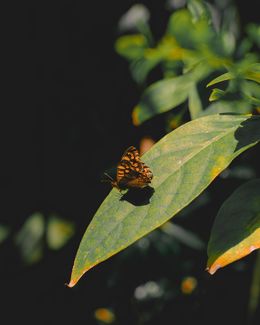
Photography - 22.5 x 15 x 0.5 cm Photography - 8.9 x 5.9 x 0.2 inch
€110
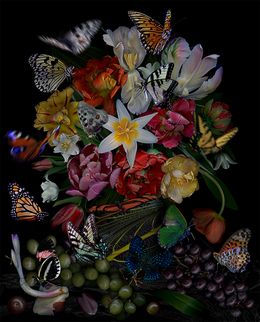
Photography - 80 x 64.8 x 0.3 cm Photography - 31.5 x 25.5 x 0.1 inch
€2,005
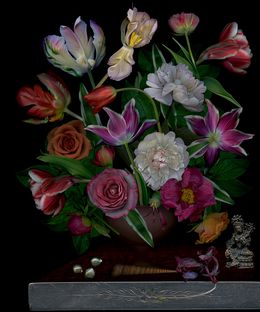
Photography - 80 x 64.8 x 0.3 cm Photography - 31.5 x 25.5 x 0.1 inch
€2,005
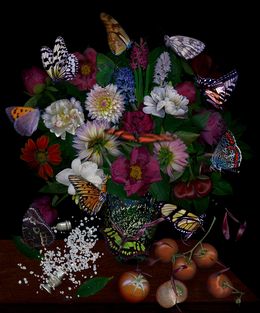
Photography - 80 x 64.8 x 0.3 cm Photography - 31.5 x 25.5 x 0.1 inch
€2,005
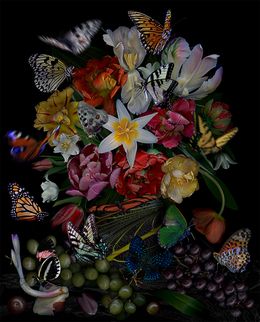
Photography - 80 x 64.8 x 0.3 cm Photography - 31.5 x 25.5 x 0.1 inch
€2,005

Photography - 40 x 73 x 0.3 cm Photography - 15.7 x 28.7 x 0.1 inch
€1,200
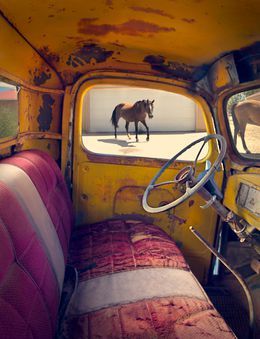
Photography - 150 x 120 x 2 cm Photography - 59.1 x 47.2 x 0.8 inch
€4,943
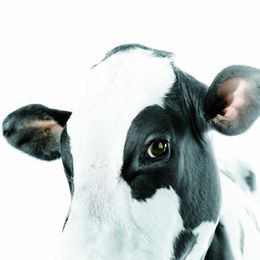
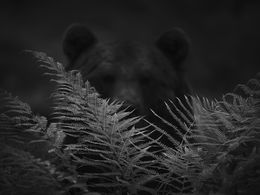
Photography - 37 x 50 x 1 cm Photography - 14.6 x 19.7 x 0.4 inch
€3,300

Photography - 25 x 38 x 1 cm Photography - 9.8 x 15 x 0.4 inch
€2,800

Photography - 20.32 x 25.4 x 1 cm Photography - 8 x 10 x 0.4 inch
€1,500


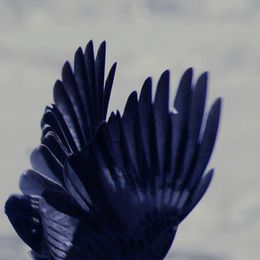
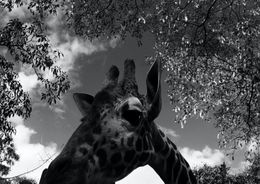
Photography - 70 x 105 x 2 cm Photography - 27.6 x 41.3 x 0.8 inch
€2,800



Photography - 40 x 30 x 0.1 cm Photography - 15.7 x 11.8 x 0 inch
€400

Photography - 18 x 29 cm Photography - 7.1 x 11.4 inch
€4,900

Photography - 50 x 75 x 0.1 cm Photography - 19.7 x 29.5 x 0 inch
€3,646

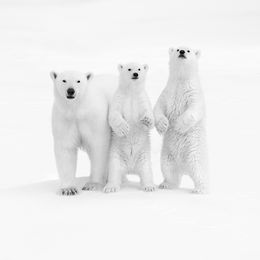
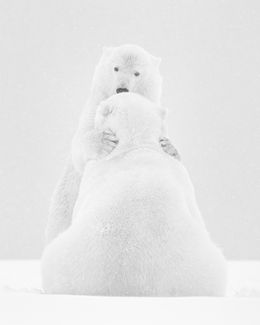
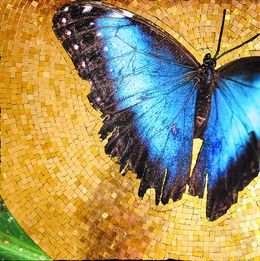
Photography - 50 x 50 x 4 cm Photography - 19.7 x 19.7 x 1.6 inch
€3,500


Photography - 130 x 85 x 2 cm Photography - 51.2 x 33.5 x 0.8 inch
€4,798
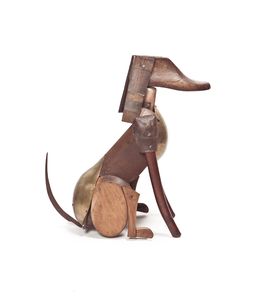
Photography - 80 x 70 x 2 cm Photography - 31.5 x 27.6 x 0.8 inch
€4,800
Choose your preferences
The art is yours
The art is yours